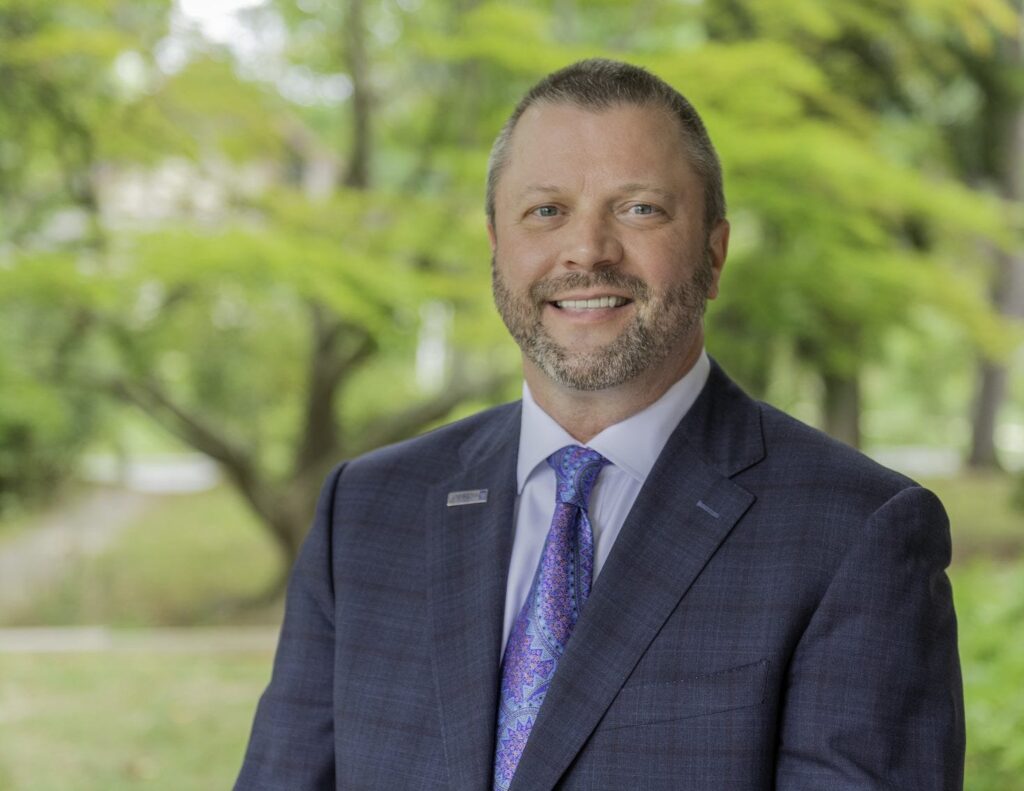
Siena Heights University, a prominent Catholic institution in Michigan, has announced its impending closure, leaving students, faculty, and the local community in shock. The decision, revealed on Thursday, cites financial difficulties and declining enrollment as primary reasons. This development raises questions about the future of Catholic higher education in the state.
The closure of Siena Heights, located in Adrian, Michigan, is set to take effect by the end of the academic year. The university, which has been a cornerstone of Catholic education in the region since its founding in 1919, has struggled to maintain sustainable operations amid a challenging economic landscape for small private colleges.
Impact on Students and Faculty
The immediate impact of Siena Heights’ closure will be felt by its current students and faculty. Approximately 1,500 students are enrolled at the university, and many are now faced with the daunting task of transferring to other institutions to complete their education. Faculty members, who have dedicated years to the institution, are also left to navigate uncertain futures.
According to Dr. Emily Johnson, a professor of education at Siena Heights, “The news has been devastating for everyone involved. We are doing our best to support our students through this transition, but it is a challenging time for all of us.”
The State of Catholic Higher Education in Michigan
The closure of Siena Heights University highlights a broader trend affecting Catholic universities across the nation. In Michigan, there are several other Catholic institutions, including the University of Detroit Mercy, Madonna University, and Aquinas College. However, these institutions also face similar challenges, such as financial constraints and shifting demographics.
Dr. Michael Anderson, an expert in higher education at the University of Michigan, notes, “Catholic universities are grappling with the same issues as many small private colleges. They need to adapt to changing student needs and find new ways to remain financially viable.”
Historical Context and Challenges
Catholic universities have played a significant role in the American education system for over a century, providing not only academic instruction but also spiritual guidance. However, the landscape has changed dramatically, with increasing competition from public universities and online education platforms.
Historically, these institutions have relied on strong community ties and alumni support to sustain operations. However, as Dr. Anderson points out, “The traditional model of funding through tuition and donations is becoming less effective, especially as student debt continues to rise.”
Looking Ahead: The Future of Catholic Education
The closure of Siena Heights University serves as a wake-up call for Catholic education in Michigan and beyond. It underscores the need for innovation and adaptation in the face of evolving educational demands.
Experts suggest that Catholic universities may need to explore partnerships, diversify their program offerings, and enhance their online presence to remain competitive. Additionally, there is a call for greater collaboration among Catholic institutions to share resources and best practices.
“The future of Catholic education will depend on our ability to innovate and collaborate,” says Sister Mary Elizabeth, a member of the Catholic Education Association. “We must find new ways to serve our students and communities while staying true to our mission.”
As the academic year progresses, students and faculty at Siena Heights University will continue to seek clarity and support during this transitional period. Meanwhile, the broader Catholic educational community will watch closely, drawing lessons and inspiration from this pivotal moment.





